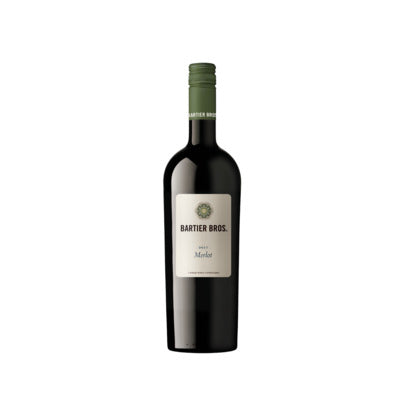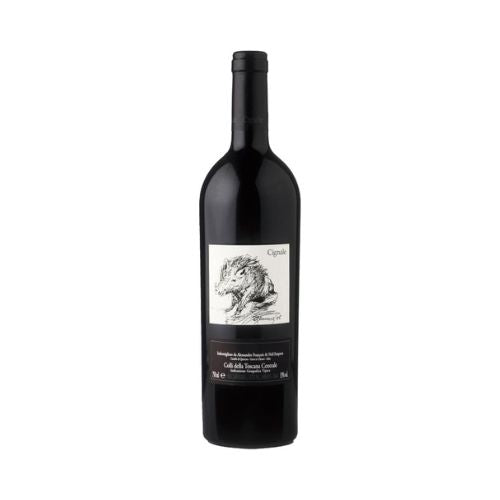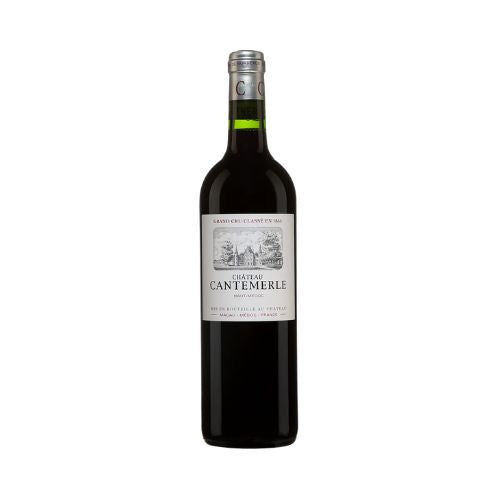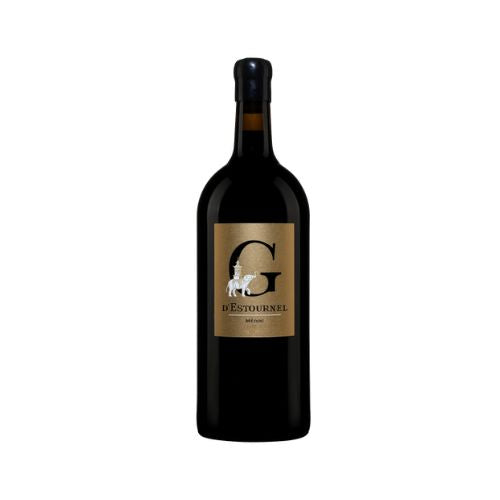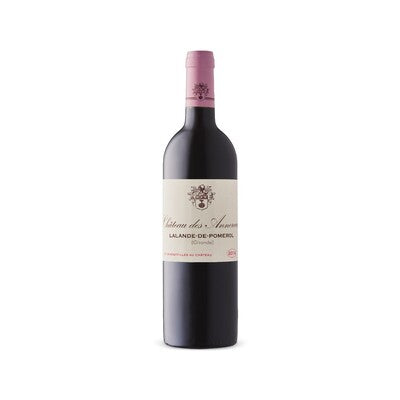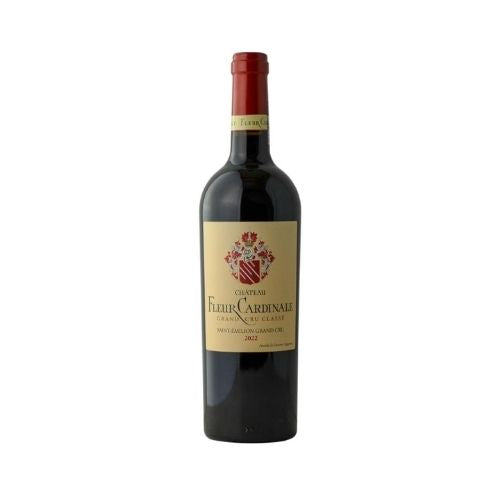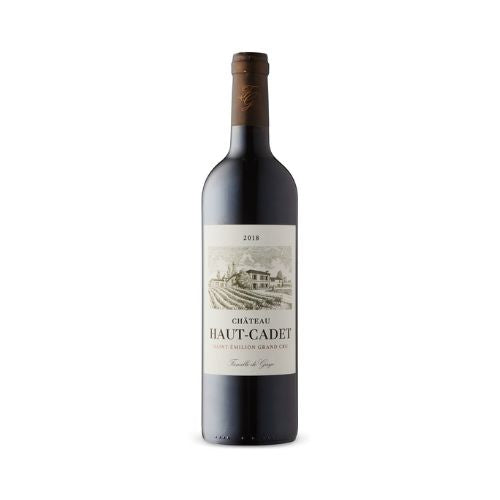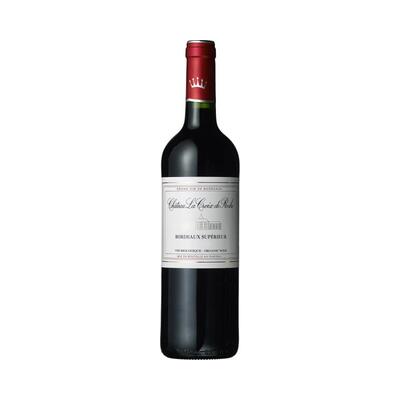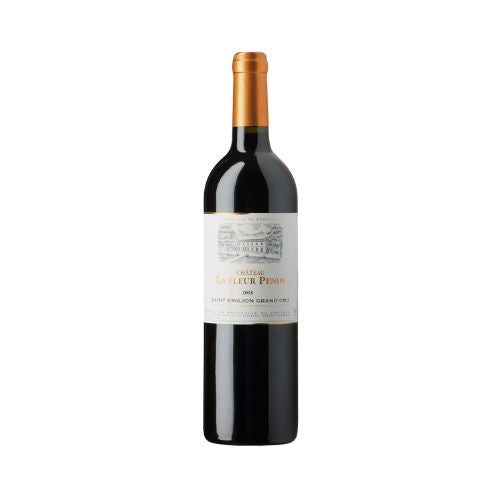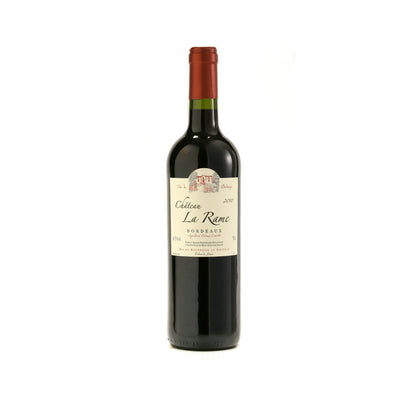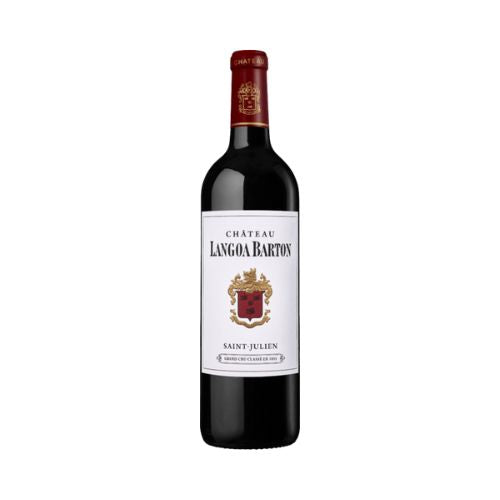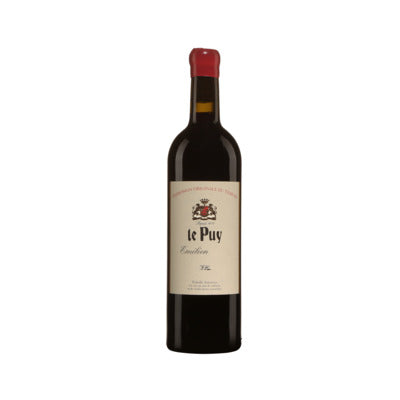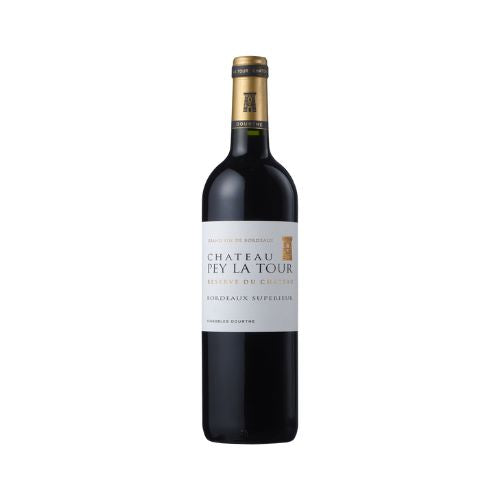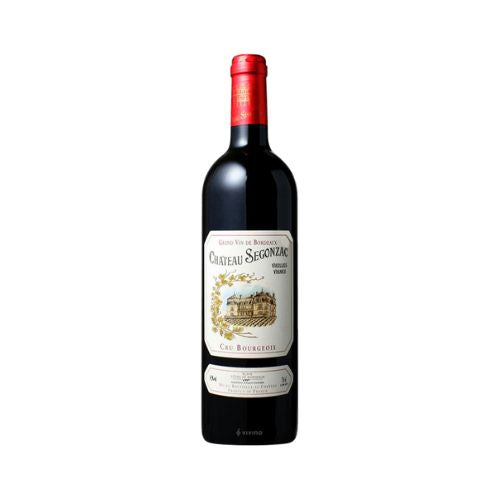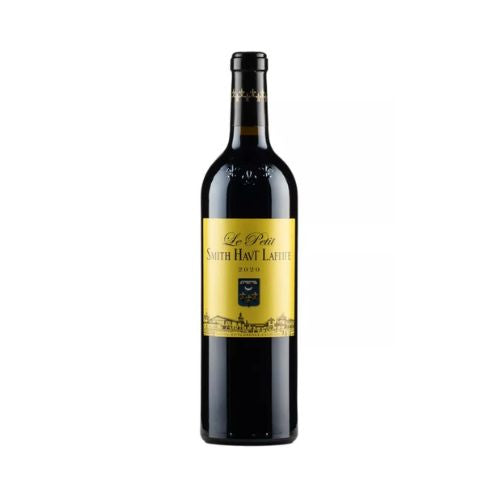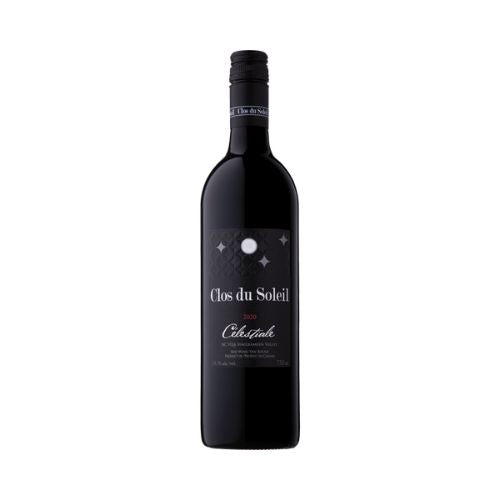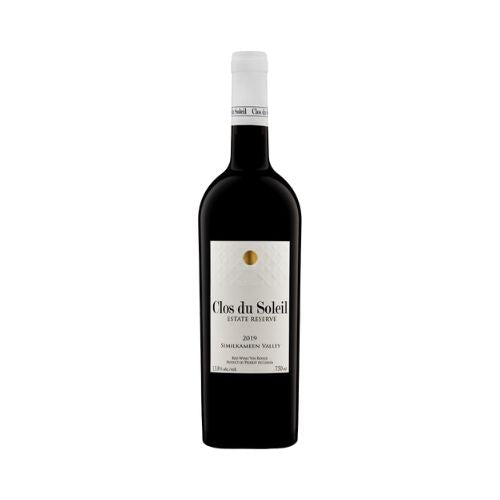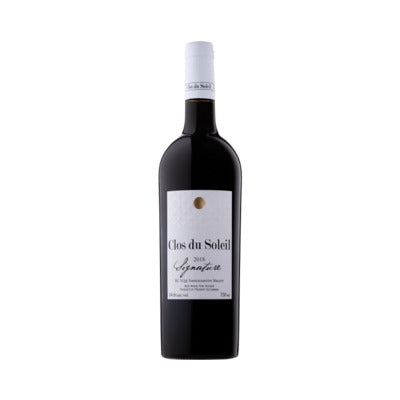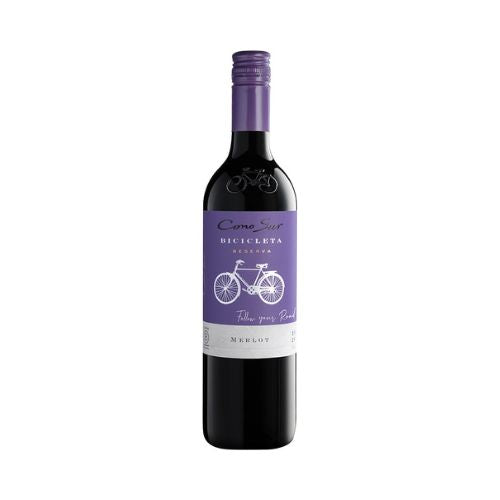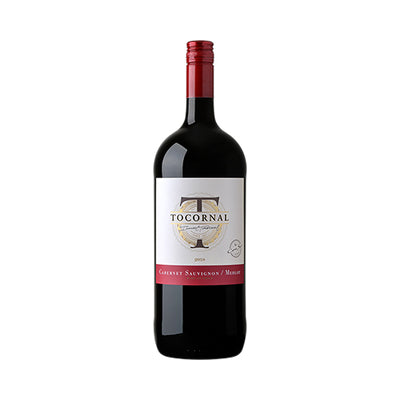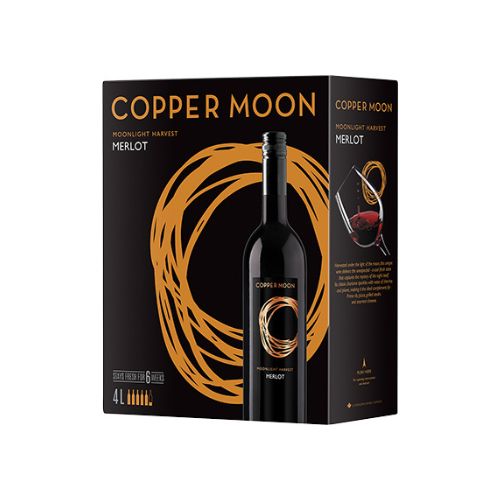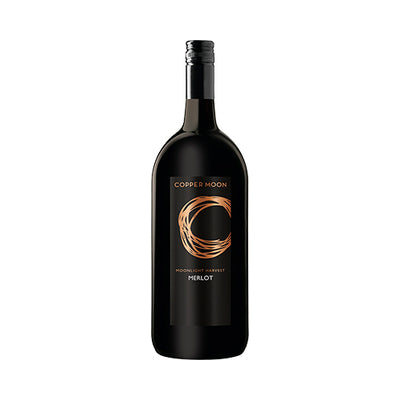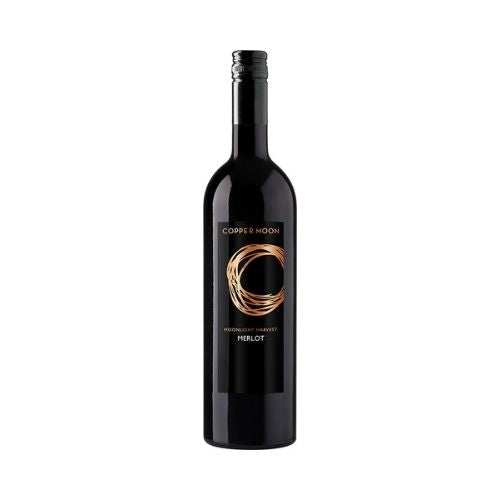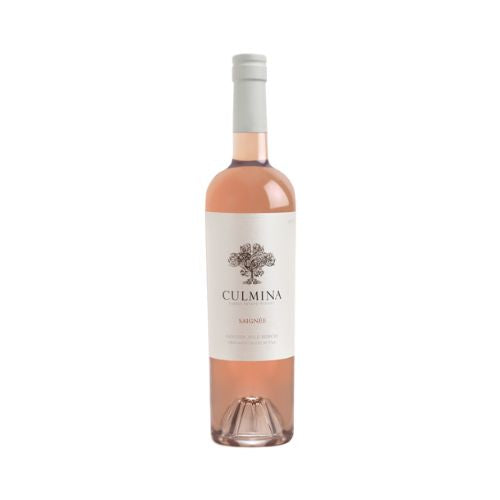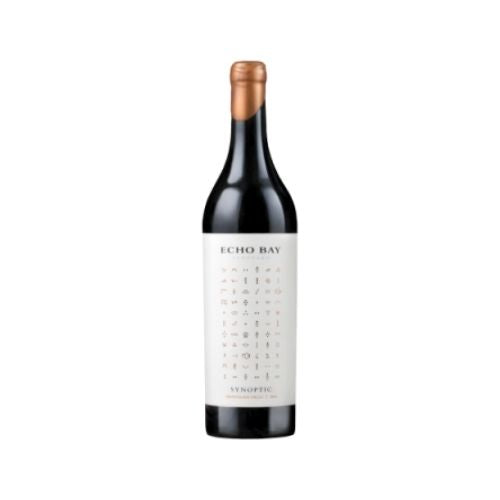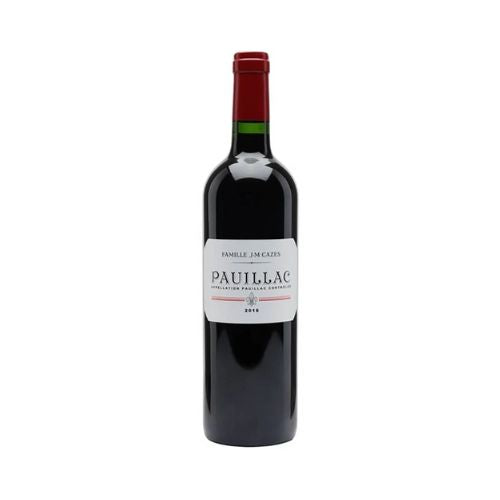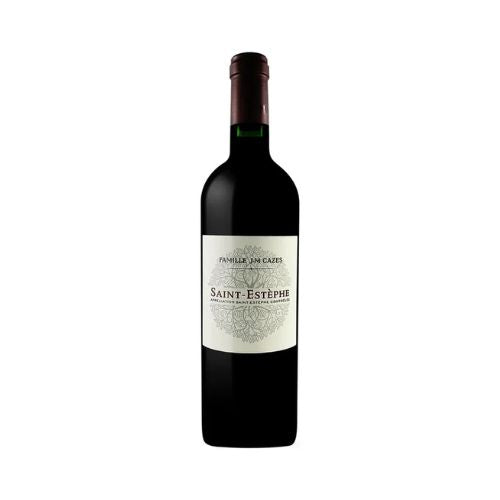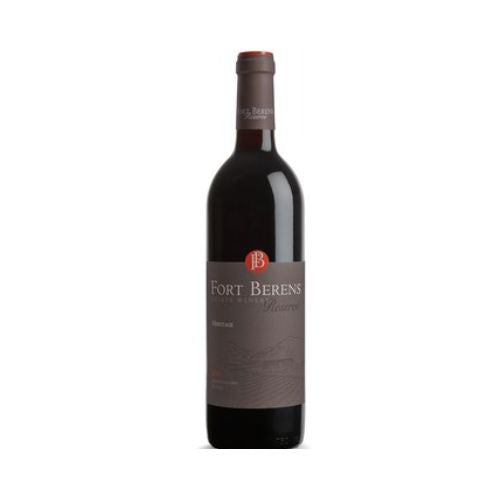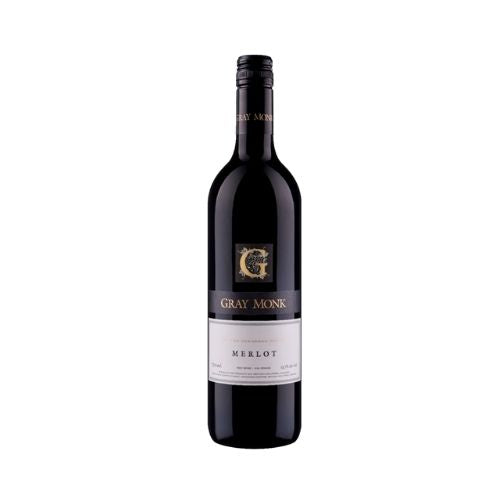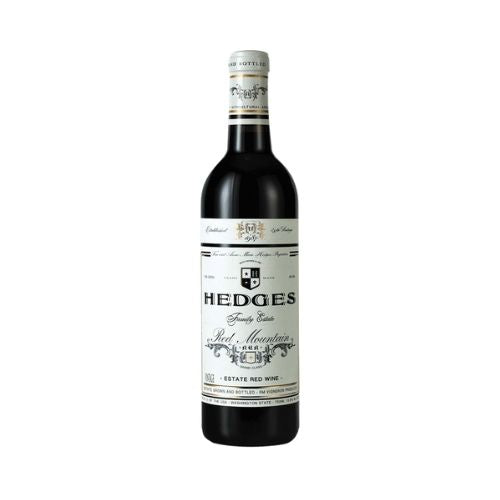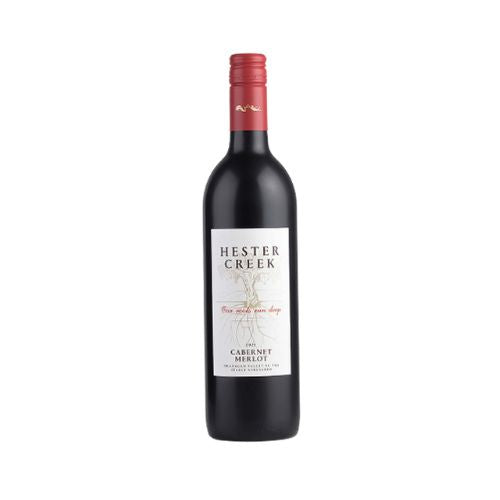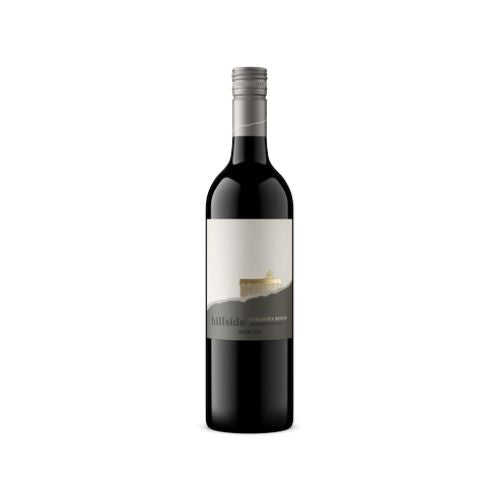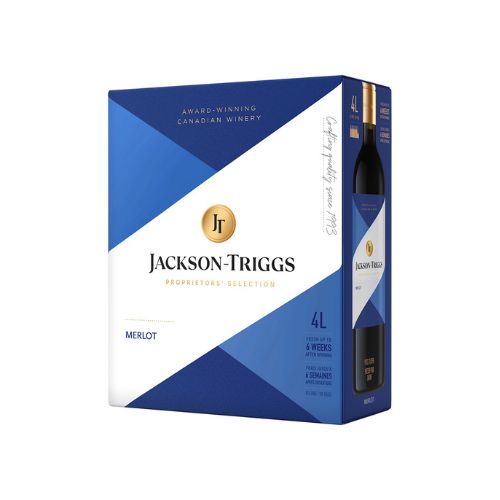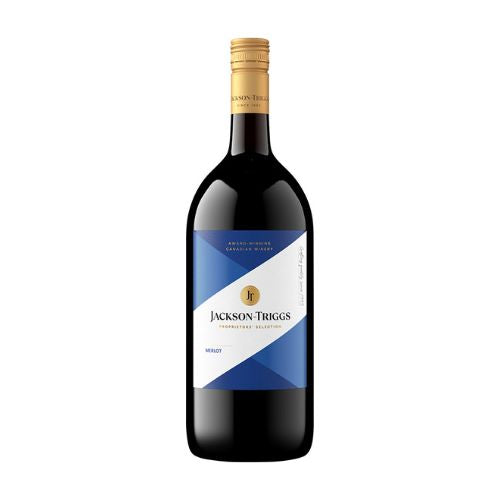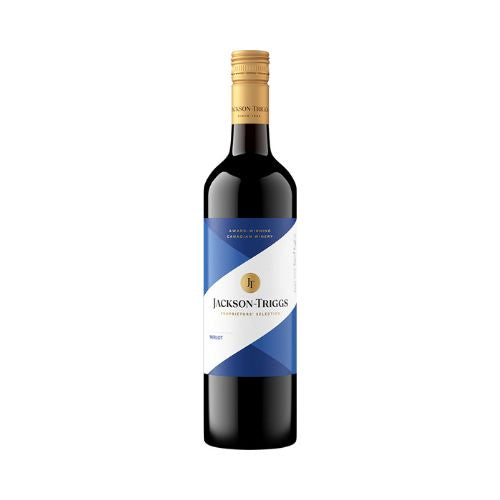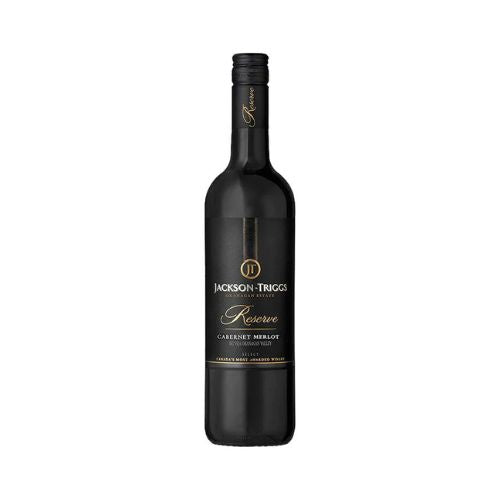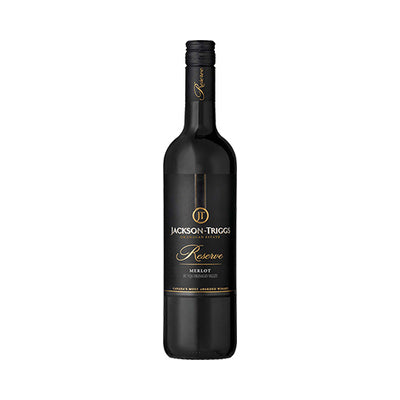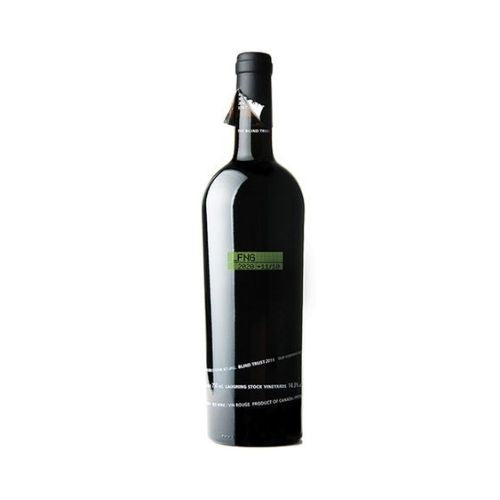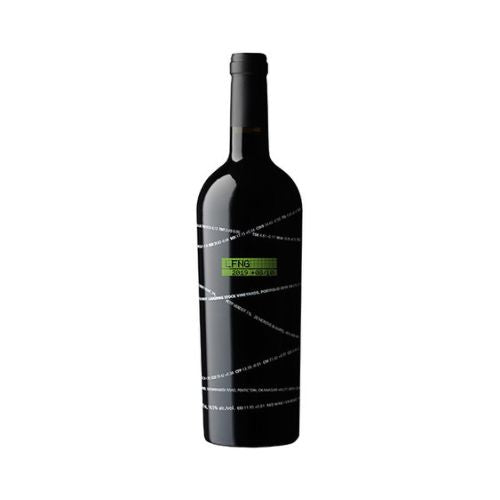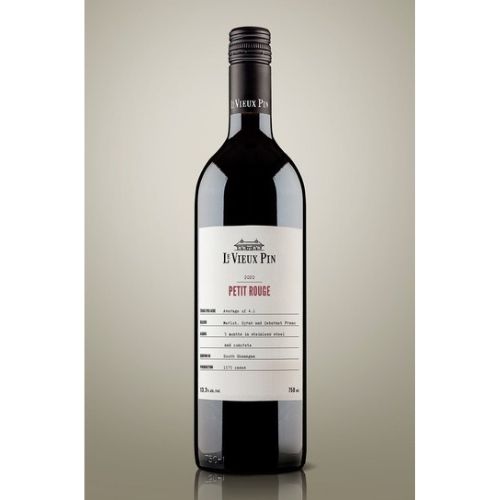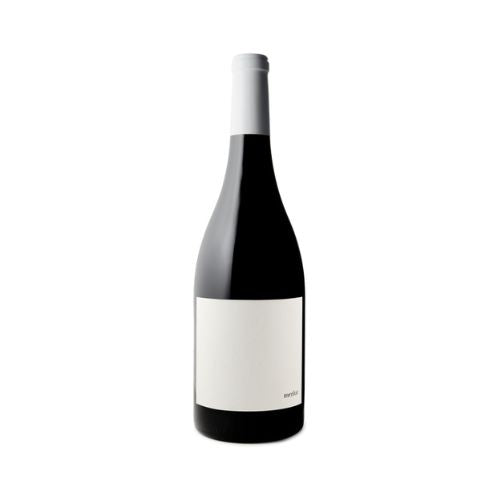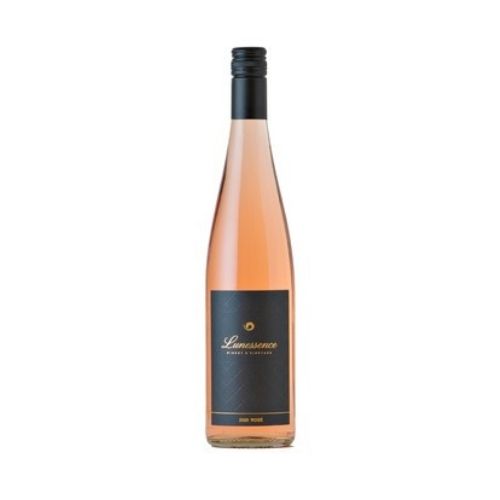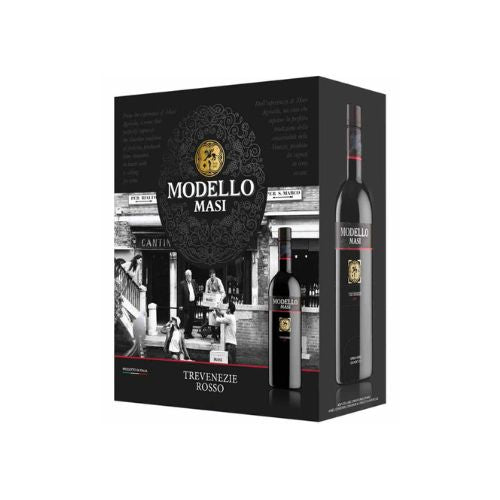Merlot
Filters
88 products
Bartier Bros. - Merlot 2021
Sale price$29.99
Castello di Querceto - Cignale Rosso 2019
Sale price$99.99
Château Cantemerle - Haut-Médoc Rouge 2022
Sale price$99.99
Château Cos d'Estournel - G d'Estournel Médoc Rouge 2019
Sale price$74.99
Château d'Issan - Moulin d'Issan Bordeaux Supérieur Rouge 2019
Sale price$49.99
Château des Annereaux - Lalande-de-Pomerol 2021
Sale price$59.99
Château Fleur Cardinale - Saint-Émilion Grand Cru 2022
Sale price$139.99
Château Haut-Cadet - Saint-Émilion Grand Cru 2018
Sale price$45.99
Château La Croix de Roche - Bordeaux Supérieur Rouge 2018
Sale price$29.99
Château La Fleur Penin - Saint-Émilion Grand Cru 2022
Sale price$59.99
Château La Rame - Bordeaux Rouge 2022
Sale price$29.99
Château Langoa Barton - Saint-Julien 2015
Sale price$179.99
Château Langoa Barton - Saint-Julien 2015
Sale price$179.99
Château Le Puy - Emilien Francs-Côtes de Bordeaux 2020
Sale price$79.99
Château Pey La Tour - Réserve du Château Bordeaux Supérieur Rouge 2020
Sale price$27.49
Regular price$29.99
Château Smith Haut Lafitte - Le Petit Pessac-Léognan Rouge 2021
Sale price$89.99
Clos du Soleil - Celestiale 2022
Sale price$32.99
Clos du Soleil - Estate Reserve Red 2019
Sale price$69.99
Clos du Soleil - Signature 2020
Sale price$59.99
Cono Sur - Bicicleta Merlot
Sale price$13.99
Cono Sur - Tocornal Cabernet Sauvignon Merlot
Sale price$19.99
Copper Moon - Merlot
Sale price$45.99
Copper Moon - Merlot
Sale price$17.99
Regular price$19.99
Copper Moon - Merlot
Sale price$12.99
Culmina Family Estate Winery - Saignée Rosé 2023
Sale price$29.99
Echo Bay Vineyard - Synoptic Red 2022
Sale price$49.99
Famille J-M Cazes - Pauillac 2020 (by Château Lynch Bages)
Sale price$59.99
Famille J-M Cazes - Saint-Estèphe 2019 (by Château Ormes de Pez)
Sale price$49.99
Fort Berens Estate Winery - Reserve Meritage 2021
Sale price$46.99
Gray Monk Estate Winery - Merlot
Sale price$19.99
Regular price$21.99
Hedges Family Estate - Red Mountain 2020
Sale price$69.99
Hester Creek Estate Winery - Cabernet Merlot 2022
Sale price$21.99
Crafted in BC
Hillside Winery - Merlot 2020
Sale price$26.99
Jackson Triggs - Merlot
Sale price$41.99
Regular price$45.99
Jackson Triggs - Merlot
Sale price$19.99
Jackson Triggs - Merlot
Sale price$12.99
Jackson Triggs - Reserve Cabernet Sauvignon Merlot
Sale price$17.99
Jackson Triggs - Reserve Merlot
Sale price$17.99
Laughing Stock - Blind Trust Red 2022
Sale price$36.99
Laughing Stock - Portfolio 2021
Sale price$59.99
Crafted in BCSave $3.00
Le Vieux Pin - Petit Rouge 2024
Sale price$25.99
Regular price$28.99
Lock & Worth Winery - Merlot 2022
Sale price$25.99
Lunessence Winery - Rosé 2022
Sale price$29.99
Masi - Modello Rosso (3L)
Sale price$54.99

